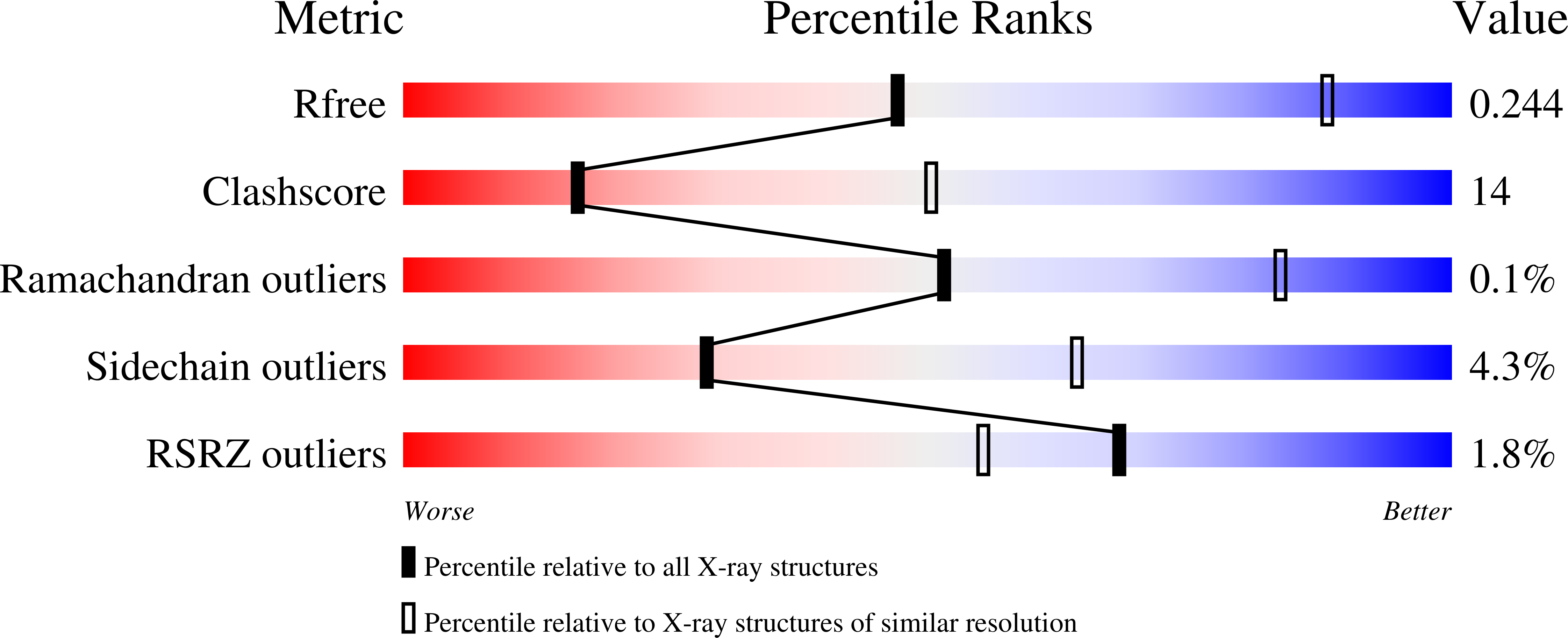
Deposition Date
2023-05-08
Release Date
2023-10-18
Last Version Date
2023-11-22
Entry Detail
PDB ID:
8SSG
Keywords:
Title:
Minimal protein-only/RNA-free Ribonuclease P from Hydrogenobacter thermophilus
Biological Source:
Source Organism:
Hydrogenobacter thermophilus TK-6 (Taxon ID: 608538)
Host Organism:
Method Details:
Experimental Method:
Resolution:
3.20 Å
R-Value Free:
0.24
R-Value Work:
0.19
Space Group:
P 21 2 21


